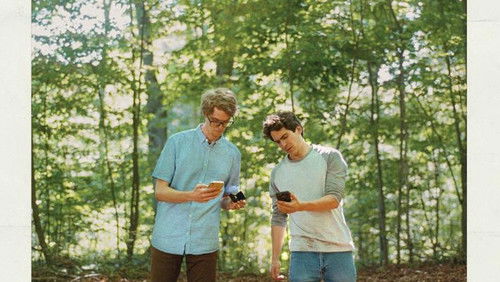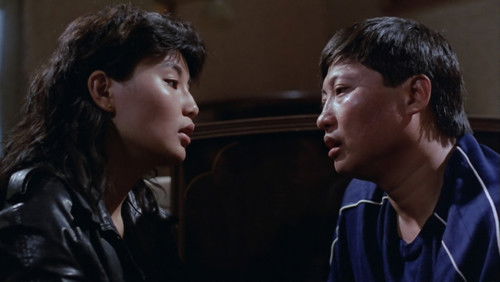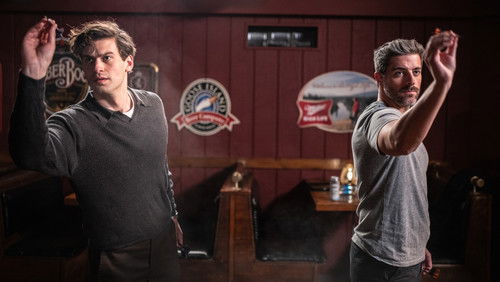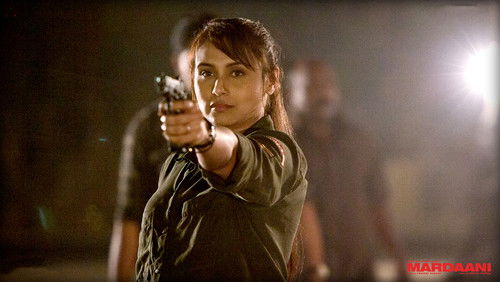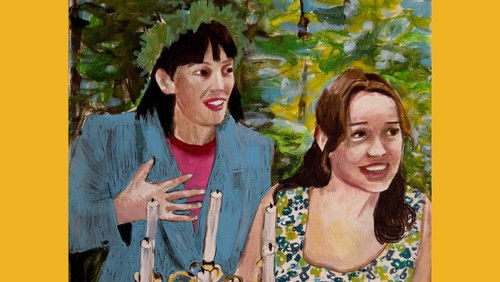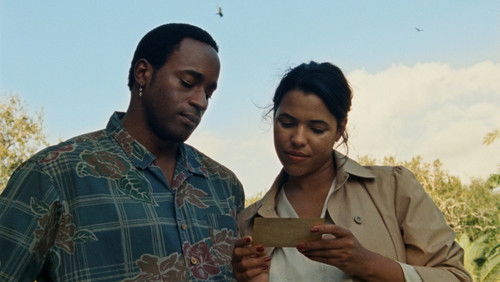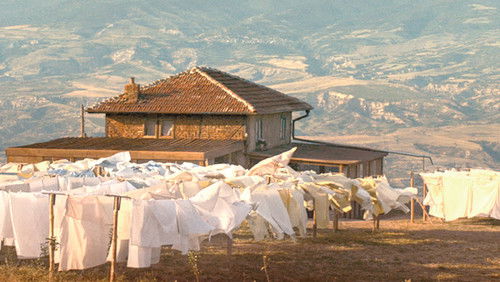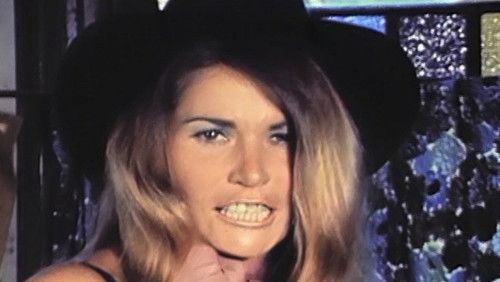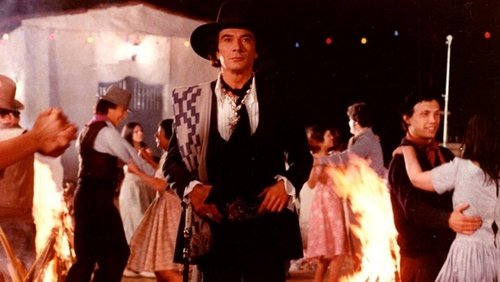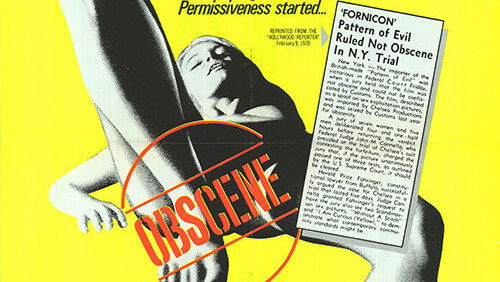Herr im Haus bin ich (1954)
56KHerr im Haus bin ich: Directed by David Lean. With Charles Laughton, John Mills, Brenda de Banzie, Daphne Anderson. Henry Hobson (Charles Laughton) is a successful bootmaker, a widower and a tyrannical father of three daughters. The girls each want to leave their father by getting married, but Henry refuses because marriage traditions require him to pay out settlements.
“David Leanu0026#39;s last film in black and white, and his last set in England, is a gentle comedy about class mobility, marriage, and curmudgeonly old men making way for a generation of independent women. Lean had been adapting plays for the screen since the beginning of his career, and heu0026#39;d already done a comedy with Blithe Spirit in 1945, but his experience by the time of Hobsonu0026#39;s Choice is showing. His confident direction coupled with a top-notch cast and a great script make this a real treat.u003cbr/u003eu003cbr/u003eThe starting point of Hobsonu0026#39;s Choice is a typically memorable comedy performance from Charles Laughton. Every film he is in is at risk of turning into The Charles Laughton show rather a mixed blessing because he tends to overshadow everything else but here his exuberant performance is offset by strong turns from lead players John Mills and Brenda De Banzie. Mills was in his mid-40s by this point, but with his fresh face and innocent manner he was still just about believable as the archetypal young lad. De Banzie was a stage actress who was unfortunately rare on the big screen. She makes another memorable performance in Hitchcocku0026#39;s second version of The Man Who Knew Too Much. Mills and De Banzie make such likable characters out of the central couple and it is their performances that hold the vieweru0026#39;s attention as much as Laughtonu0026#39;s blustering buffoonery.u003cbr/u003eu003cbr/u003eHe wasnu0026#39;t known for his comedy direction, but Leanu0026#39;s sense of rhythm, particularly in the opening sequences and later in the famous scene in which Laughton drunkenly chases the moonu0026#39;s reflection in a puddle, is perfectly in step with Laughtonu0026#39;s comic timing. The romantic scenes between Mills and De Banzie are directed with as much tenderness as any other love story Lean made, although he brilliantly punctures the sentimentality with a joke whenever there is a danger of them slipping into mawkishness.u003cbr/u003eu003cbr/u003eHobsonu0026#39;s Choice is undoubtedly the happiest picture Lean ever made and, in keeping with the sweet tone, he has a real aesthetic approach to shot composition, with some pretty landscape shots in the park, and a focusing on facial close-ups. There is a real sense of harmony to many of the images, for example a recurring motif with leaves (and leaflets) blowing across the street, confetti at the wedding, and snow falling over the town.u003cbr/u003eu003cbr/u003eWhen allu0026#39;s said and done though, itu0026#39;s the charming story and witty dialogue that makes Hobsonu0026#39;s Choice a winner. Lean clearly knew by this point that the job of a director is to serve the screenplay and, avoiding the occasionally distracting expressionism of his earlier films, presents a story full of human warmth and gentle humour.”
